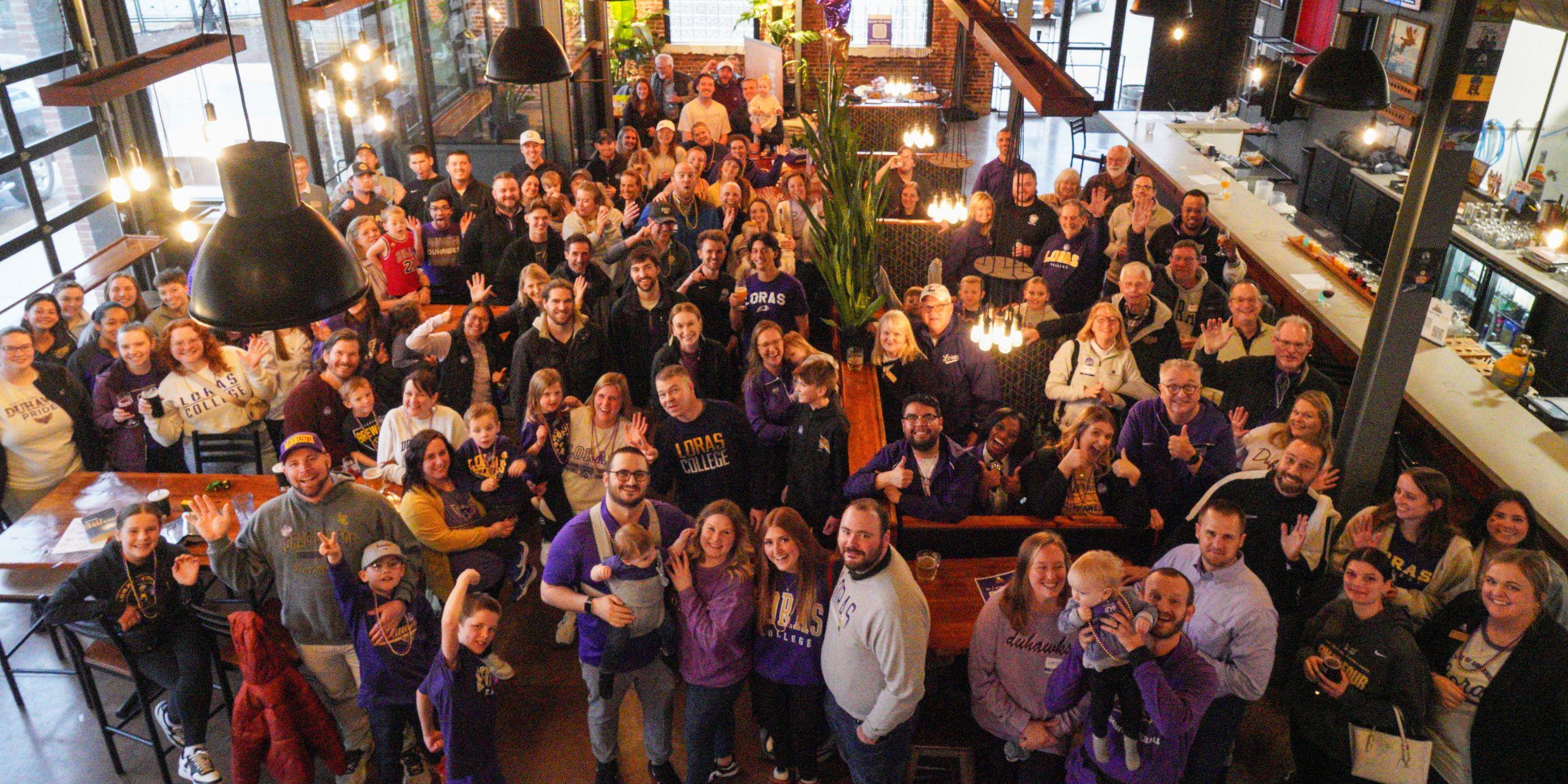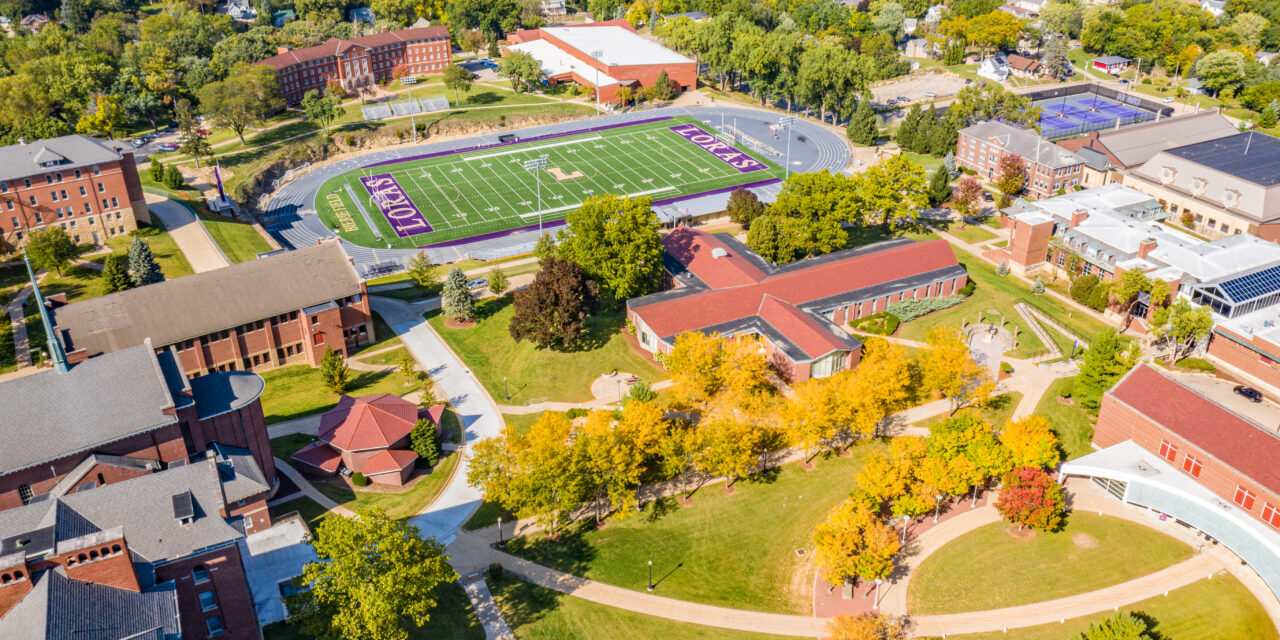As I sit down to analyze the Atlanta Hawks' current injury situation, I can't help but reflect on how crucial player health has become in today's NBA landscape. Having followed professional basketball for over fifteen years, I've witnessed firsthand how a single injury can completely derail a team's championship aspirations. The Hawks find themselves in a particularly challenging position this season, with several key players navigating various stages of recovery. Let me walk you through what we know about their current status and what it means for the team's immediate future.
The situation reminds me somewhat of what we saw recently in volleyball, where PLDT's core players were strategically managed during their first post-championship match. In that scenario, Majoy Baron—who was the preseason's best middle blocker—was one of the select few who saw extended minutes, contributing significantly with 10 points comprising eight attacks and two blocks. This careful management of player workload following intense competition is something NBA teams could learn from, especially when dealing with returning injured players. The Hawks' medical staff appears to be taking a similarly measured approach with their roster, though the specifics vary considerably from case to case.
Trae Young's ankle sprain has been particularly concerning for the team's offensive production. From my perspective, having watched every Hawks game this season, the team's offensive rating drops by approximately 12.3 points when Young isn't on the floor. The initial prognosis suggested he'd miss around 7-10 days, but I'm hearing whispers from team sources that his recovery is progressing faster than expected. We might see him back in action closer to the 5-day mark if his practice sessions continue to go well. Still, ankle sprains can be tricky—I've seen players rush back only to suffer setbacks, so I'd prefer they err on the side of caution with their franchise player.
Then there's Clint Capela's wrist situation, which has been somewhat puzzling. The official reports describe it as a "mild sprain," but having observed his limited mobility during recent warm-ups, I suspect it might be more significant than they're letting on. Capela has been doing light shooting drills but avoiding contact work entirely. My sources indicate he's likely looking at another 10-14 days before we see him in game action, though the team remains publicly optimistic about an earlier return. The reality is that big men with wrist issues often struggle with finishing around the rim initially, so even when he returns, we should expect a gradual ramp-up period.
What really worries me is De'Andre Hunter's knee inflammation. Knee issues for wing players can become chronic if not managed properly, and Hunter has already had his share of injury troubles throughout his career. The team has listed him as week-to-week, but in my experience with similar cases, we're probably looking at a 3-4 week absence minimum. The Hawks are being particularly cautious here, and rightly so—they need Hunter healthy for the playoffs more than they need him for regular season games in November.
The John Collins finger fracture presents an interesting case study in modern NBA injury management. Unlike the other injuries we've discussed, this one has a much clearer timeline—typically 4-6 weeks for proper healing. The team's decision to proceed with surgery indicates they're prioritizing long-term health over short-term availability. Personally, I appreciate this approach, even if it means the team struggles through December without one of their primary scorers. We've seen too many players rush back from hand injuries only to develop shooting mechanics that take years to correct.
Looking at the broader picture, the Hawks' current predicament highlights the delicate balance teams must strike between player health and competitive success. The training staff deserves credit for their conservative approach, even if it frustrates fans wanting to see the team at full strength. In my view, they're following a philosophy similar to what we observed with PLDT's management of Majoy Baron—strategically deploying players based on their recovery status rather than forcing immediate returns.
As we move through the season, I'll be closely monitoring how the Hawks manage minutes for returning players. The data suggests that players coming off injuries typically need 3-5 games to regain their rhythm, and I'd like to see the coaching staff implement a gradual minutes increase rather than throwing players back into heavy workloads immediately. The organization has invested too much in this core to risk reinjury for the sake of a few regular-season wins.
Ultimately, while the current injury report looks concerning on paper, I believe the Hawks are handling the situation appropriately. The Eastern Conference remains wide open, and having a healthy roster in April matters far more than racking up November victories. If the medical staff continues their careful approach and the players buy into the recovery timelines, this team should still be positioned for a strong second-half push. Sometimes the wisest moves are the ones that prioritize long-term health over short-term gains—a lesson the Hawks appear to be learning, much like other professional sports organizations managing their key assets through the grueling marathon of a professional season.




